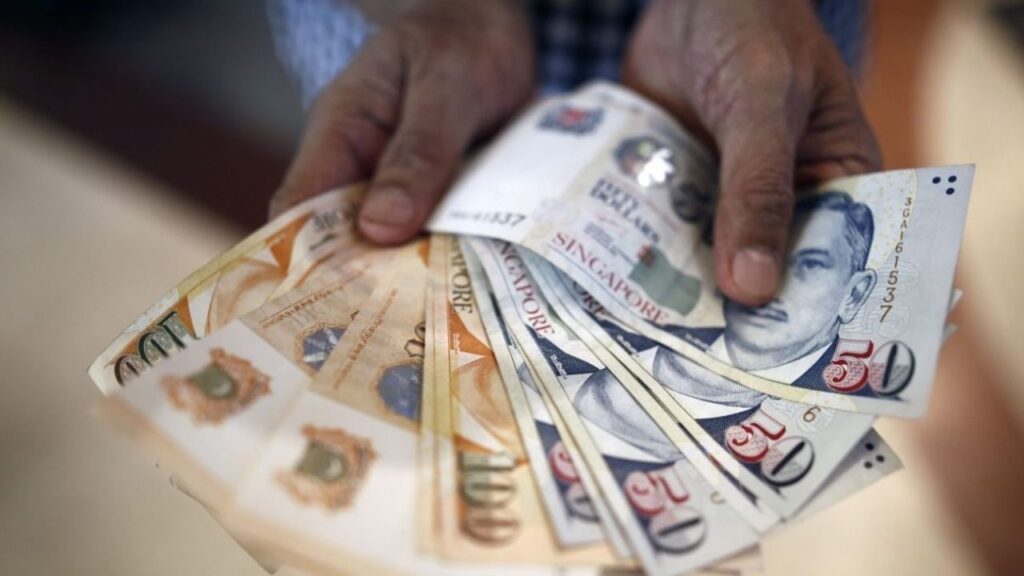In a significant move to bolster support for lower-income earners, Singapore has announced major enhancements to the Workfare Income Supplement (WIS) scheme. Beyond simply providing financial aid, these revisions reflect Singapore’s ongoing mission to build a more inclusive and financially stable society.
Reimagining Workfare to Meet Modern Workforce Needs
The latest improvements to the Workfare scheme are designed to align with the realities of today’s economy. Among the key changes is an increase in the monthly income cap from SGD 2,500 to SGD 3,000, allowing a broader segment of workers to qualify. Maximum annual payouts have also been raised to SGD 4,900. Another notable adjustment includes lowering the minimum age requirement for non-disabled workers from 35 to 30 years. Additionally, payouts for employees will now be issued monthly rather than quarterly, providing greater convenience and better cash flow for workers.
Tracing Workfare’s Journey Toward Greater Inclusivity
First launched in 2007, the Workfare Income Supplement has played a pivotal role in Singapore’s inclusive growth strategy. It has provided both additional income and retirement savings support to low-wage workers, ensuring their well-being amid economic changes. The 2025 revisions signify the government’s renewed focus on helping workers manage rising living costs, a priority highlighted by Deputy Prime Minister Lawrence Wong during the Budget 2024 announcement.
Enlarging the Circle of Workfare Beneficiaries
Beginning January 2025, an expanded group of Singaporeans will be able to access Workfare benefits. Part-time workers, self-employed persons, and individuals earning slightly more than previous thresholds are now included. Applicants must be Singapore citizens aged 30 years or older unless they are individuals with disabilities, for whom there is no minimum age. Qualifying workers must have a monthly gross income between SGD 500 and SGD 3,000 and live in properties valued at no more than SGD 21,000 annually.
New Financial and Residential Conditions Introduced

Under the new guidelines, household income is an additional factor for eligibility. Married couples must keep their combined assessable income under SGD 70,000 per year. Self-employed workers must also ensure regular MediSave contributions based on their declared earnings. For those unsure about their eligibility, the CPF Workfare Calculator offers a quick, private, and reliable way to check if they qualify for assistance.
How the Revised Payout System Will Work
The revamped payout structure is closely linked to workers’ ages and incomes. Workers aged between 30 and 34 years are eligible to receive up to SGD 2,450 annually, while those between 35 and 44 years can collect up to SGD 3,500. Those aged 45 to 59 years may receive up to SGD 4,200, and workers aged 60 and above, along with persons with disabilities, are entitled to the maximum SGD 4,900 payout. For employees, 40% of the payout will be credited directly to their bank accounts, and 60% will be deposited into their CPF accounts. Self-employed individuals will receive their payments annually after fulfilling their income declarations and MediSave contributions.
Streamlined Process for Accessing Workfare Support
The method for receiving Workfare benefits has been designed for simplicity. Employees do not need to submit applications, as their eligibility is automatically determined through CPF contributions made by their employers. Monthly payouts are then deposited into designated bank and CPF accounts. In contrast, self-employed individuals must declare their income to the Inland Revenue Authority of Singapore (IRAS) and ensure MediSave contributions to qualify for their annual payouts. Employers are tasked with maintaining accurate CPF submissions to facilitate the smooth distribution of Workfare benefits.
Positive Economic Ripple Effects Expected from Workfare Changes
Beyond helping individuals, the improvements to the Workfare scheme are expected to have broader benefits for the economy. With more inclusive eligibility and monthly disbursements, lower-income workers will be better equipped to manage daily needs and save for retirement. The number of Workfare recipients is forecasted to surpass 500,000 by 2026, rising from over 470,000 in 2023. This anticipated growth is poised to stimulate consumer spending, strengthen household financial security, and boost overall economic resilience.
Laying the Path for a Secure Financial Future
The 2025 enhancements to the Workfare Income Supplement scheme clearly demonstrate Singapore’s firm commitment to creating a fairer and more resilient society. By widening income thresholds, offering more frequent payments, and extending eligibility to more workers, Singapore is setting a foundation for lasting financial empowerment. Staying informed about these developments is crucial for workers, employers, and policymakers aiming to navigate and contribute to a more secure economic future.


